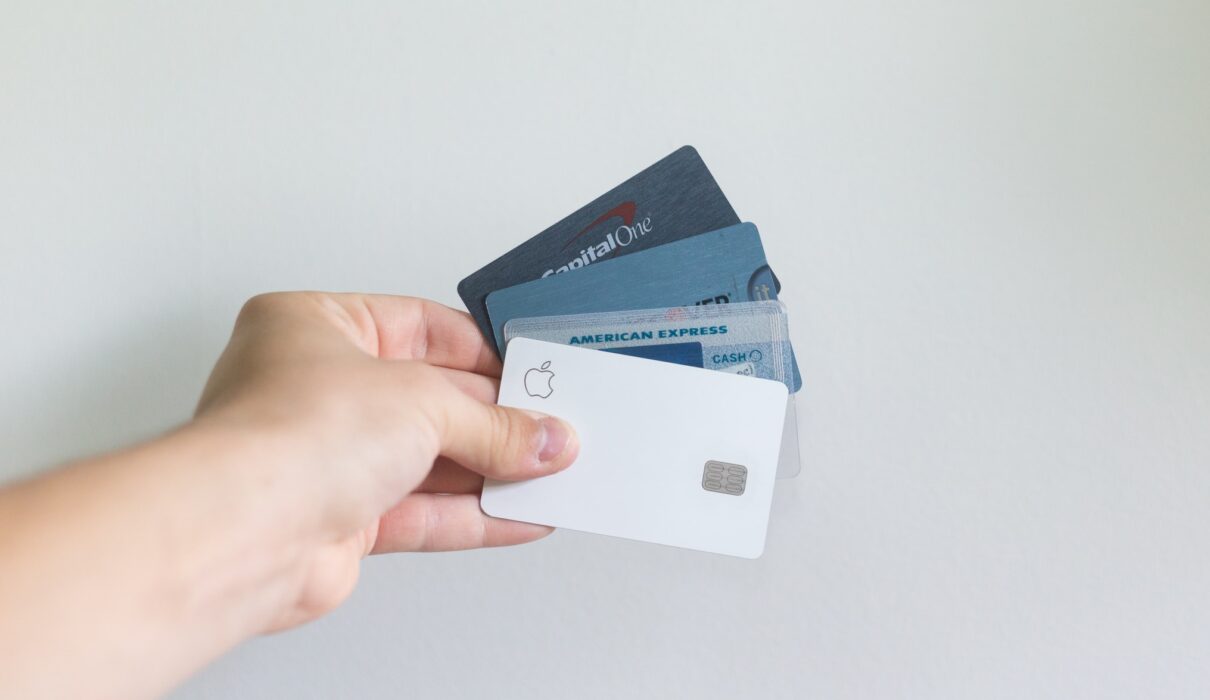If you’ve carried large credit card balances, overdue student loans, piles of medical bills, or any other number of financial woes that plague Americans — you might have below average or “bad” credit. While there are companies and services out there that can help you fix your credit — why dole out your hard-earned money for something you can do on your own? Like the old saying says, “If you want something done, do it yourself.”
A less-than-stellar credit score can not only prevent you from obtaining new lines of credit, but it can also result in higher interest rates and less favorable terms on your mortgage or auto loans. Americans pay an average of $7,000 in interest alone each year, which is a whopping 12% of the median family’s income. Better credit scores mean lower interest rates, which makes for more breathing room for you and your family.
Luckily, you can take matters into your own hands and repair your credit score all by yourself. Here are six steps towards a better credit score.
Step 1. Take stock of your current standings
First things first. You have to know where you stand before you can start to repair. To do this, you’ll want to obtain copies of your credit report from all three credit bureaus: Equifax, TransUnion, and Experian. You can get these absolutely free once per year.
Credit scores can fall between 300 and 850. Experts say that a credit score of 700-740 is usually enough to secure the lowest rates and more favorable terms.
Step 2. Dispute any errors
If you found any errors on your credit report during the first step, the next step is to dispute them. Errors aren’t super common, but they do happen. It’s not a good idea to push back against accurate information, but if you do notice any errors (big or small), it’s time to dispute them.
How do I dispute errors on my credit report?
First, double check the identifying information on your credit report– the spelling of your name and address and social security number.
Now, take a look at your credit history. Look over the list of credit cards, outstanding balances, and major purchases. If you see anything that looks amiss, make a copy of your credit report and highlight it.
Next, you’ll want to gather any documentation you have as proof of the error, like bank statements. This is a really important step, as the credit bureaus won’t do anything for you without proof.
Now, write a letter to the specific credit bureau that’s reporting the error. Explain the discrepancy, and include the copy of your credit report that you highlighted along with your gathered documentation. The bureau has to respond within 30 days of receiving your letter.
Step 3. The ‘B’ word
That’s right, it’s time to make a budget. Why? Because in order to repair your credit, you need to pay all of your bills on time, pay down debt, and avoid applying for additional credit. To pull this off, you need to make sure you’re not spending more than you’re making. Ipso facto, it’s budget time.
There are many different apps for budgeting, but basically you’ll want to subtract your monthly expenses from your current income. This will include things like your rent/mortgage, car payments, utilities, and insurance. Next, you’ll estimate what you spend monthly on other expenses like groceries, gas, and entertainment. Set a limit for each of these expenses based on your income. And, most importantly, stick to your budget! A tricked out spreadsheet doesn’t do much for you if you ignore the limits.
Step 4. Pay all of your bills on time
Look, no one likes sacrificing fun. But if you want to fix your bad credit, you must pay all of your bills on time moving forward. On-time payments are the most important factor when it comes to your credit score.
While not every credit bureau gives you points for paying things like cell phone bills on time, Experian does. Experian Boost is a free service that links to your bank account and monitors your monthly payments. People who utilize this service experience a 13-point boost on average.
Step 5. Pay down your credit cards
Utilize the budget you made in step 4 to pay down your credit card balances (if applicable) each month until they’re totally gone. Part of your credit score comes from your outstanding balances, so getting that number lower will help you out massively.
Once your cards are paid off, don’t cancel them, since your total amount of available credit also affects your score.
Step 6. Put the credit card application down
Ignore the tantalizing 5% discounts from stores offering credit cards. As you may know, each time you apply for credit, it puts a “hard inquiry” on your credit report. Too many within a two year period has an adverse effect on your score.
Generally, a person with good credit can apply for new credit a few times per year without it negatively impacting their credit score. However, a person with below average credit doing the same may have a more significant impact on their score and make it harder to obtain a better score in the long run.

